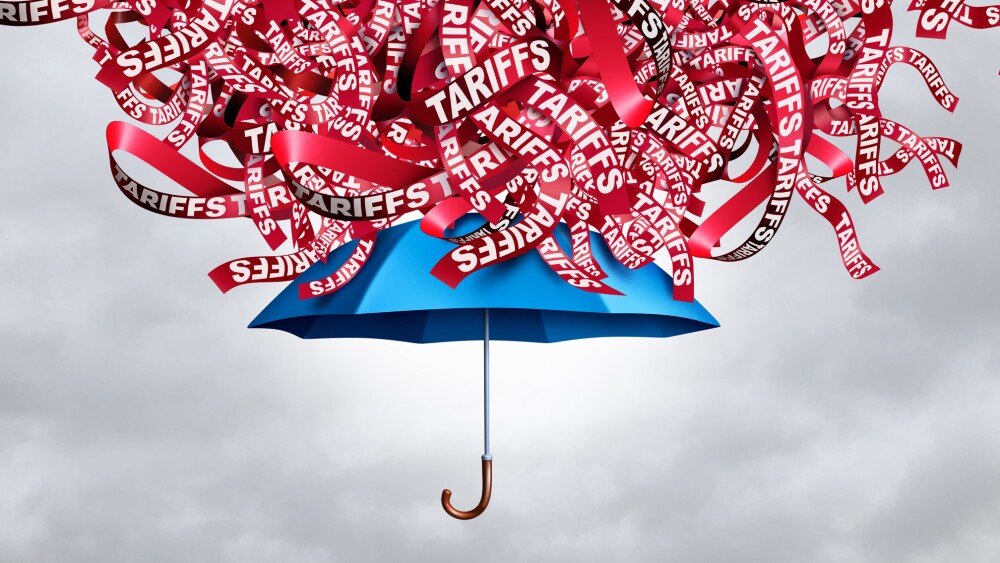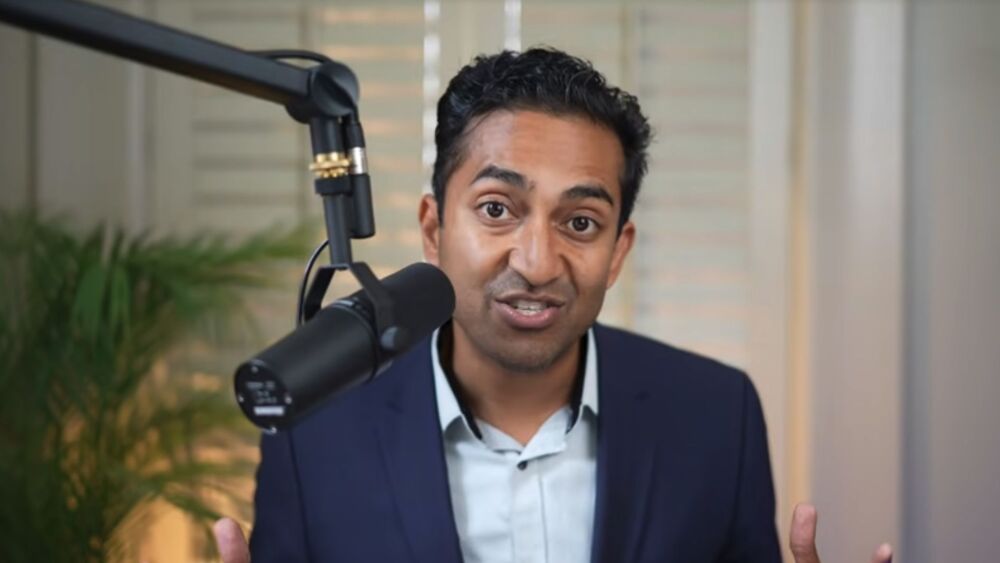For now, Sanofi’s U.S. inventory is insulating the company from a potential 15% tariff on drugs shipped from the EU.
Sanofi CFO François Roger has expressed confidence that tariffs will have little impact on the company in 2025.
Speaking on Sanofi’s second-quarter results earnings call, Roger said it is difficult to predict the impact because of uncertainty about what actions the White House will take. The trade deal with the European Union establishes a 15% tariff on imports from Europe, where Sanofi is based, but CEO Paul Hudson told investors it remains unclear whether “it’s a 15% tariff with a caveat or a 15-plus or a 15-less.”
Amid the uncertainty, Sanofi has run various scenarios based on the proposals reported in the media to understand how tariffs could affect finances in 2025. The models suggest Sanofi has little to fear for now.
“We did not factor it in our guidance, but it will have a limited impact on 2025 because we already have inventory in place in the U.S.,” Roger said. “With what we know today and what we read in the media, we don’t think that it will impact our guidance in any way for 2025.”
Hudson fielded a broader question about tariffs, Most Favored Nation pricing and the balance in funding for innovative drugs between the U.S. and Europe. Hudson said nobody knows what will happen but Sanofi is prepared for delivering guidance this year, “so don’t feel we’re casual about it because we’re absolutely not.”
President Donald Trump has accused other countries of freeloading, fueling debate about differences in drug prices and healthcare spending between the U.S. and EU. Hudson made the case for EU countries putting in place the budgets to ensure patients can access innovative therapies.
“There’s a lot of people who could contribute to economies and GDP if medicines were made available to them,” Hudson said. “I’m as interested in budgets for health giving access to innovation for more patients as I am in the price conversation. We will see where it nets out. As a healthcare company, we’d like to see more patients get access.”
Hudson was speaking after Sanofi reported 10.1% sales growth at a constant exchange rate in the second quarter. The growth led Sanofi to predict a high single-digit percentage increase in sales for the full year. Sanofi’s revised forecast narrows its 2025 outlook at the top end of the previously predicted mid-to-high single-digit range.
Dupixent drove growth in the second quarter. Supported by its launch in chronic obstructive pulmonary disease, Dupixent sales grew more than 20% to 3.8 billion euros ($4.3 billion). Sales of three of Sanofi’s other main medicines—Lantus, Toujeo and Praluent—grew by 10% or more. Sanofi attributed the growth in sales of the long-acting insulin Lantus to windfall sales due to the unavailability of competing medicines.
Sales of nine newly launched medicines and vaccines rose 47.3%. Hemophilia A therapy Altuviiio led the way with revenues of 291 million euros ($333 million), an increase of more than 90% over the second quarter of 2024. Sanofi said growth of Altuviiio, which the FDA approved in 2023, was driven by patients switching from older plasma-derived and recombinant factor medicines and to a lesser extent from non-factor drugs.






